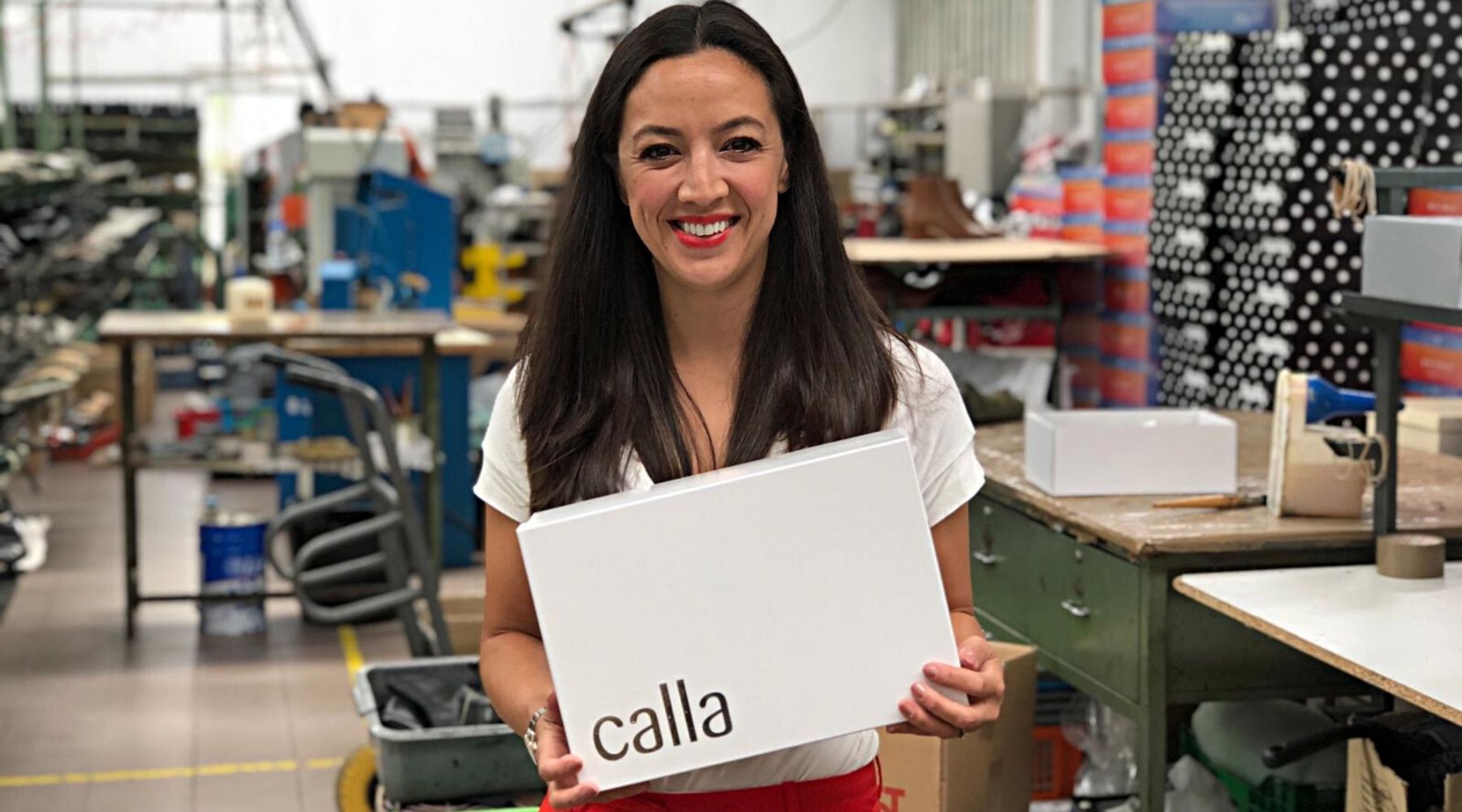
Things I have learned about dealing with a shoe factory in Portugal
It has been 9 months since I visited Porto, the heart of the footwear industry in Portugal, and as yet I have still to receive my first set of samples from the factory I chose to work with (but they are apparently due any day).
Don’t get me wrong, I have had a number of prototypes from the factory, as getting the perfect last was very important for my particular type of specialized footwear and I am very happy with where I am at with the quality of my shoes.
BUT there have been some hard lessons learned so far that I’d like to share with you that will hopefully help you in your own shoe making journey.
THE LAST
With hindsight I should have got my last produced in the UK and then sent it over to the factory in Portugal for them to work from.
There is only one last maker in the UK called Springline in Northampton, but they can make bespoke lasts for I believe around £300. I did know about this early in my shoe making journey, but Springline is a long way from where I live and I didn’t feel I had the time to make trips up and down to get my last perfected (I have two young children).
However, after the experience I have had with the factory in Portugal I definitely would have got them made here first due to their specialist design. It would have been much easier communicating with the last maker in the UK than trying to work through my Agent.
The sampling work in my factory which includes the last development has been a lot cheaper – it is 150 euros per style and clearly if I’d had 4 lasts made in the UK this would have bumped up my set up and development costs considerably.
COMMUNICATION
I am using an agent and so all communication with the factory goes through her (the factory owner does not speak English). My agent is extremely friendly and capable, but I think we have both learned lessons in how well the factory has understood my requirements.
The main issues have been around understanding my specific shoe designs (which are quite different to anything they have done before) and what kind of issues this could throw up. As experienced shoe makers I would have expected them to let me know if there were going to be problems as I am very new to all of this.
For example, apparently adding a platform to a specially made last is not a straightforward process, and if there is no platform mould readily available there is a very high set up cost to get bespoke ones made (like, around 2,000 euro which I can’t afford at this time). My shoe factory has come up with what seems like a viable alternative so we will see how this goes. This has caused major hold ups in providing me with prototypes and samples.
Build in LOTS of time for the sampling stage. I have been waiting up to 6 weeks at a time for each set of prototypes and remember most of Europe shuts down for a month over August so nothing happens then. Plus, they will be very busy making shoe orders for customers so your sampling will come quite low down in their list of priorities.
NUMBERS OF STYLES
I started off thinking I was going to launch with 10 different styles in order to give my customers as much choice as possible. However, my factory requires a 50 pair of shoes minimum quantity order and so 10 styles is not feasible due to the cost.
Not only this, I have gained information from my network of peers and mentors in the industry that starting with a small number of styles (apparently Christian Louboutin started with only one style of stiletto) is the best way to start and gather feedback to go on from there. This will prevent issues of having lots of stock that may not sell quickly (or at all) and having your cash tied up in that stock.
I have gathered feedback on my sketches from my email database (gathered from my website) to ascertain which styles will be the most popular and at the moment I am at 4 styles. I may pre-launch with just 2 and then launch the other 2 shortly after once I have established a customer base and gathered feedback for refinements on business processes.
UNDERSTAND ALL OF YOUR COSTS
It is very important you understand all of your costs as early as possible in your start up journey so that you can manage cash flow and budget.
It took a while to get all the costs I needed because the factory was not sure about how much my shoes would be.
I found this very frustrating – but luckily I always based my estimates for my cashflow above the upper end of what I thought my costs would be and this is around about what they are coming out at.
My shoes are special and therefore they cost more than your average shoe.
However I would say that in Portugal, if using a small factory, you are looking at 25-45 euros for a pair of heels dependent on materials used and complexity of the style. Of course on top of this you need to consider development and sampling costs, VAT, shipping, agent fees, boxes etc.
Here are some of the costs you need to ask for in order to budget appropriately:
- Sample and development costs
- Cost of last production per style (this is if you’re not using a standard last)
- Bespoke boxes and tissue paper
- Delivery to the UK
- Agent fee
- Shoe production costs (inc minimum quantities)
Confirm with your factory/agent if production cost includes:
- platform if any
- sole
- heel
- insole
- upper leather (or your chosen material)
- lining leather (or your chosen material)
- toe puff
- counter
- box ( plain box is usually included in price)
- tissue paper
- outer carton
- labels
- stamps
- zippers if any
- last
- labour
OVER TO YOU
I hope you’ve found these lessons learned and tips useful, and I’ll be sharing more as I learn too!
Please share your own experiences or feel free to ask me any questions.


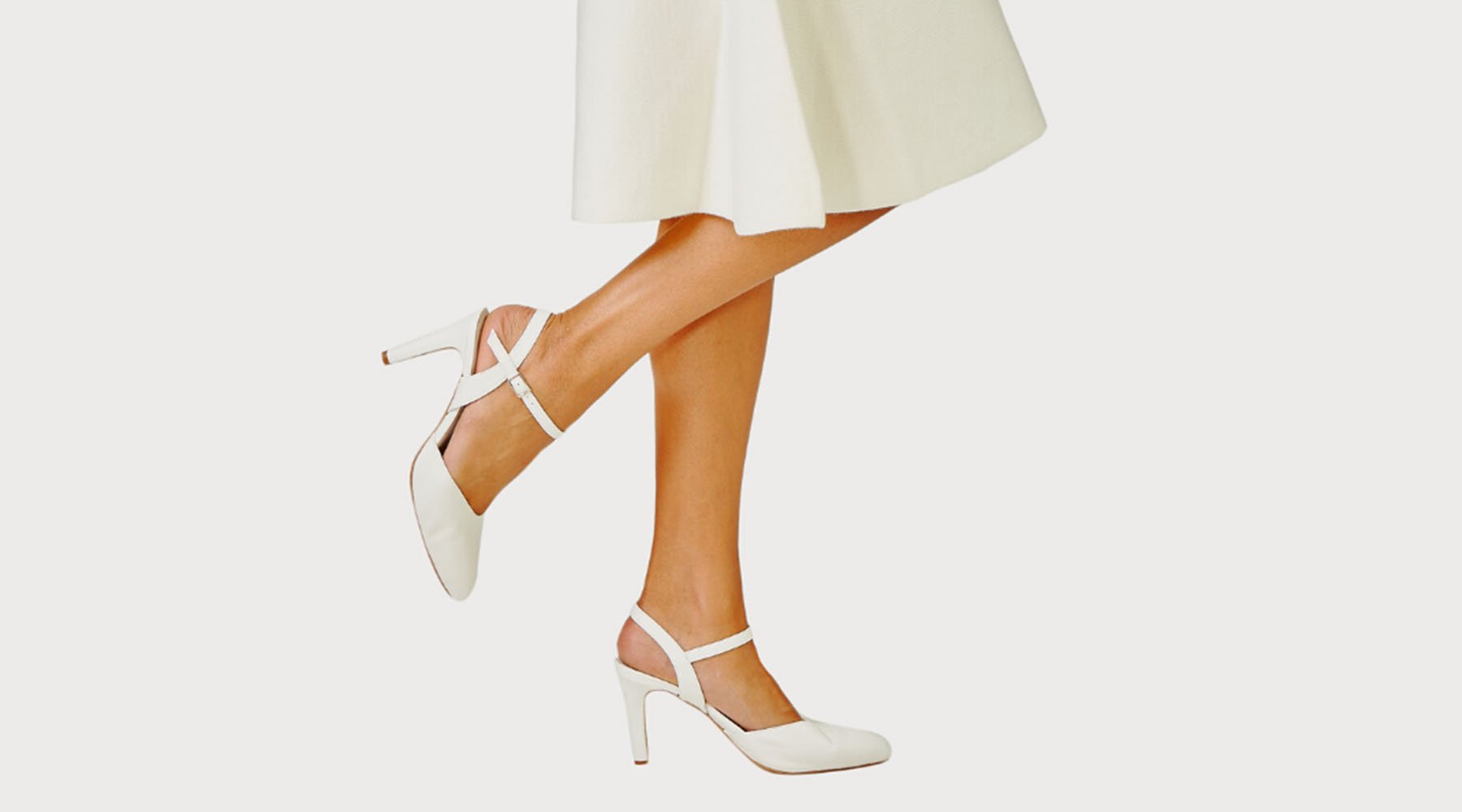
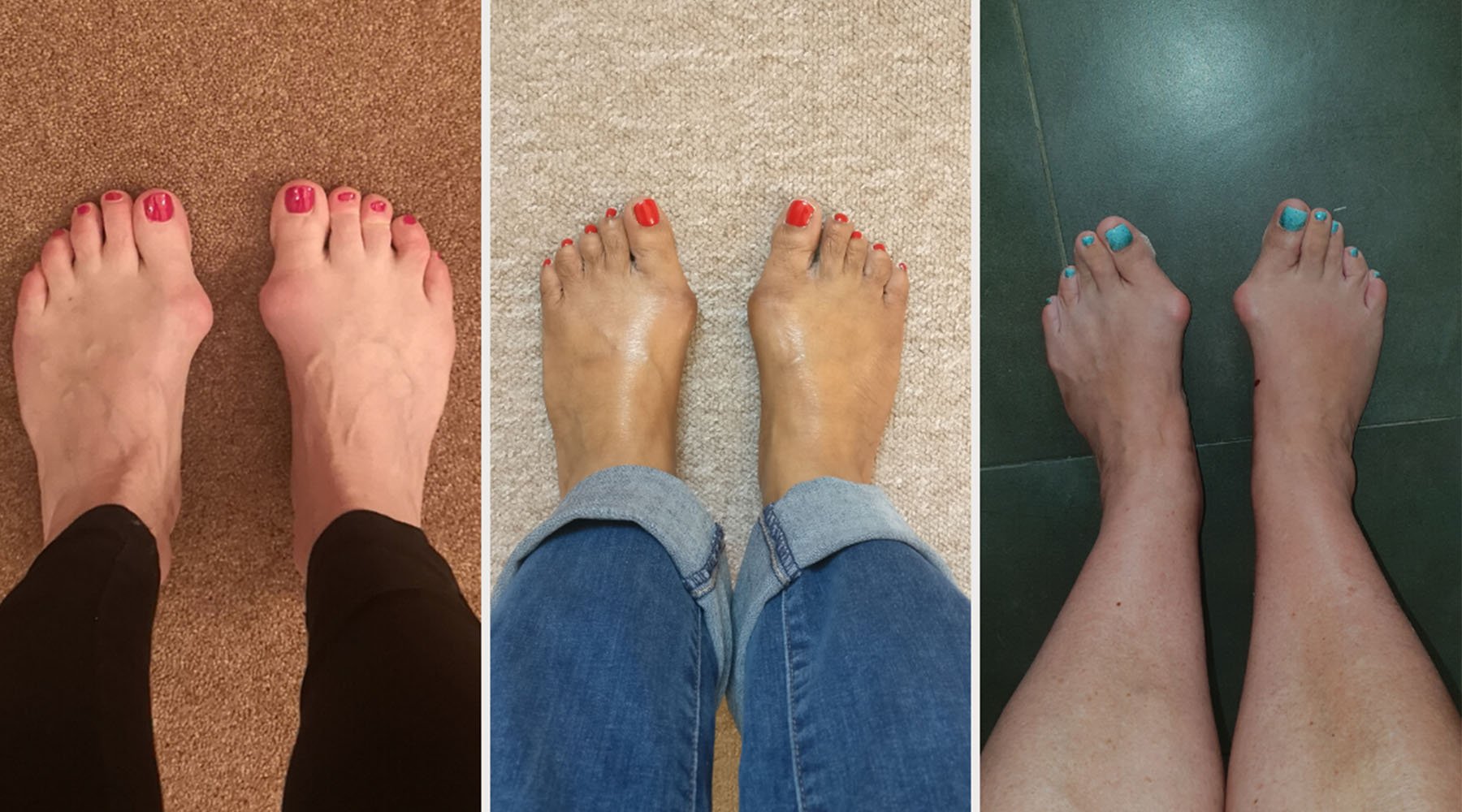
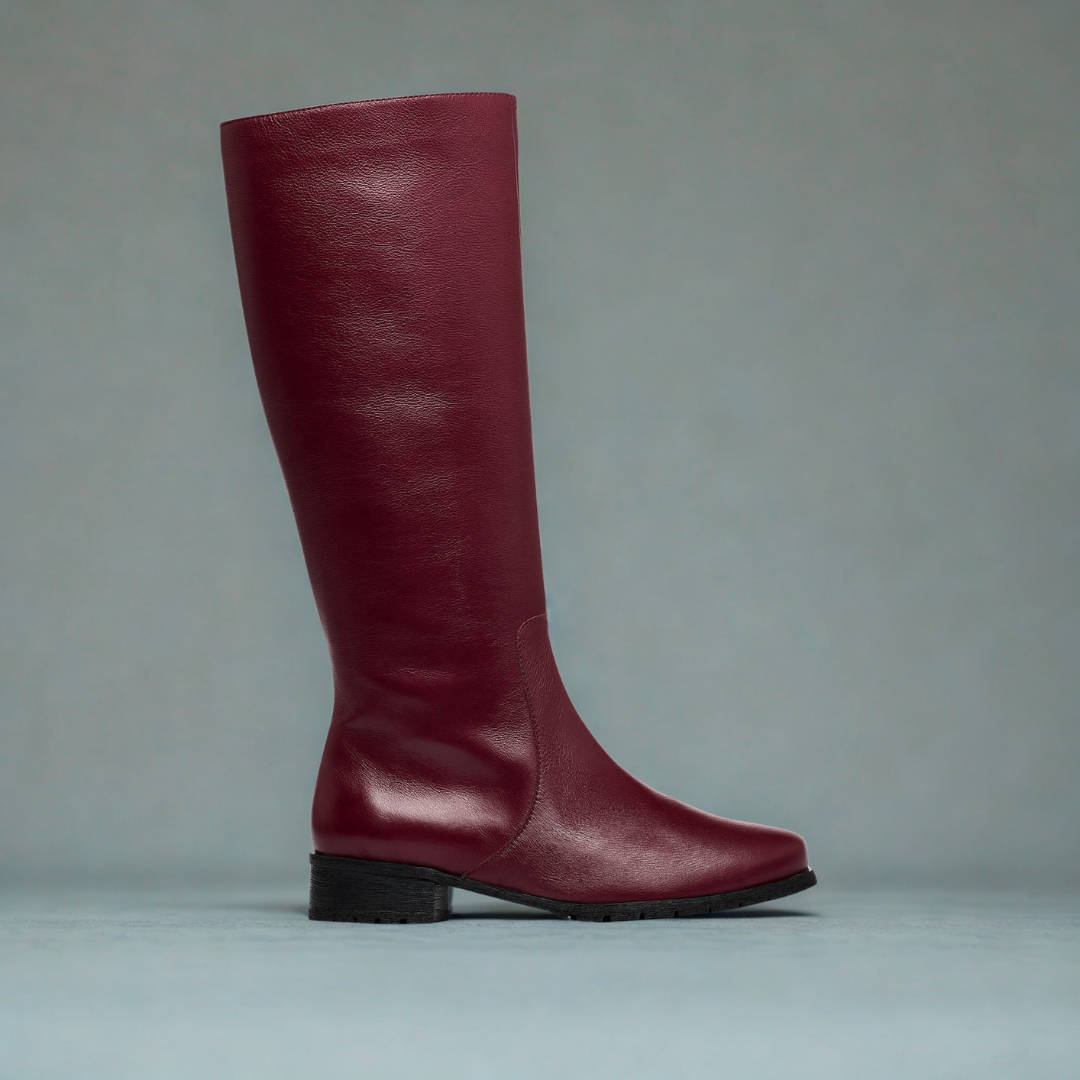
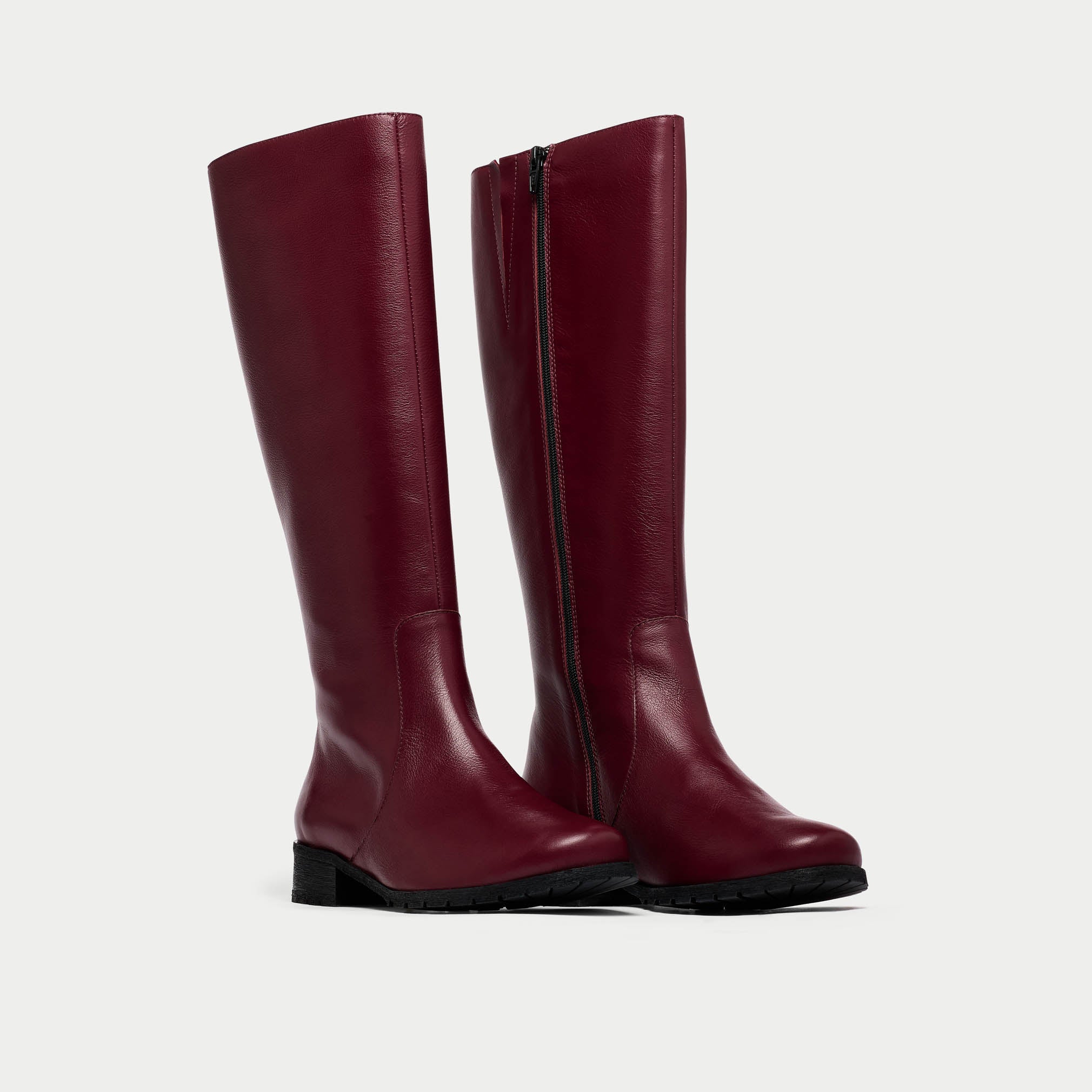
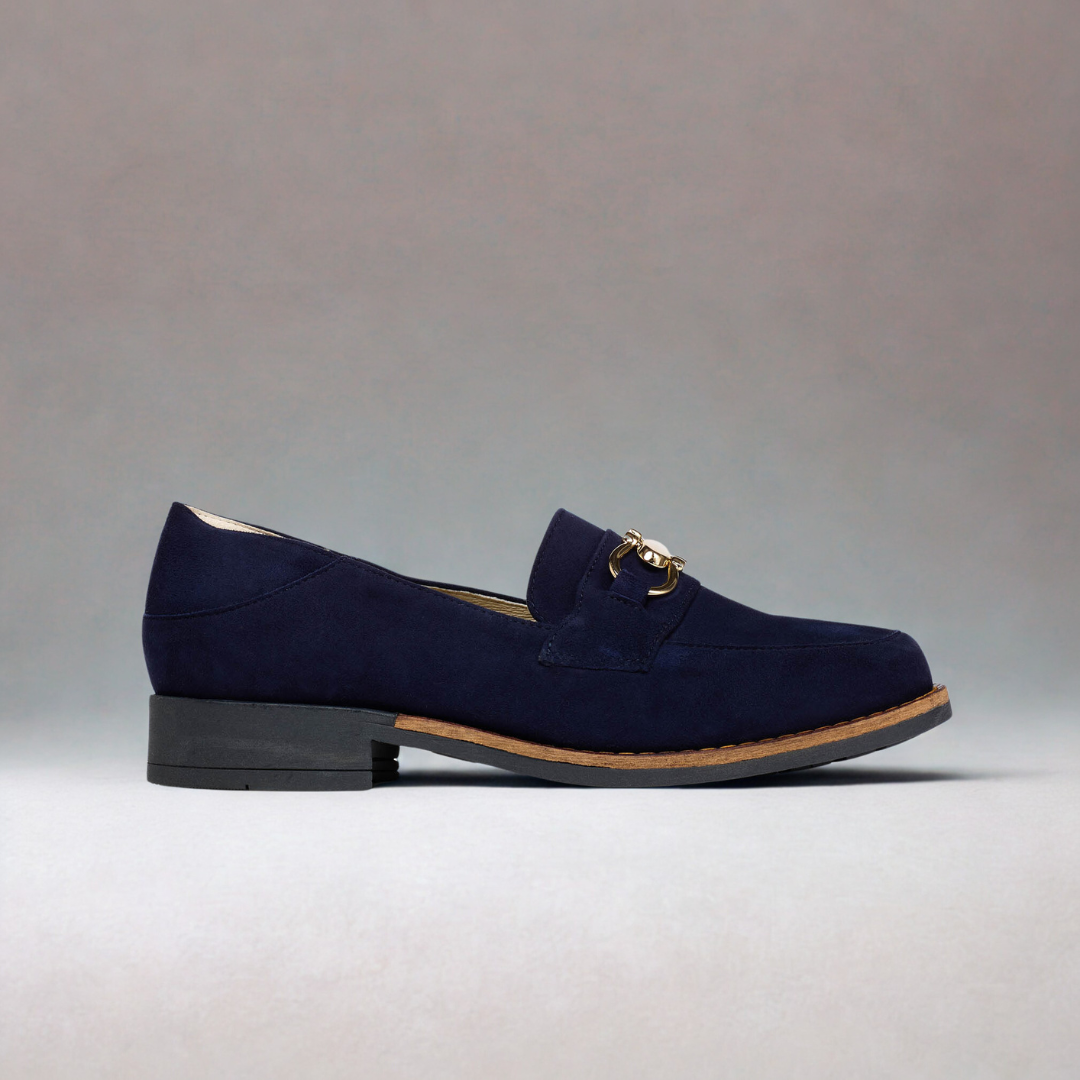
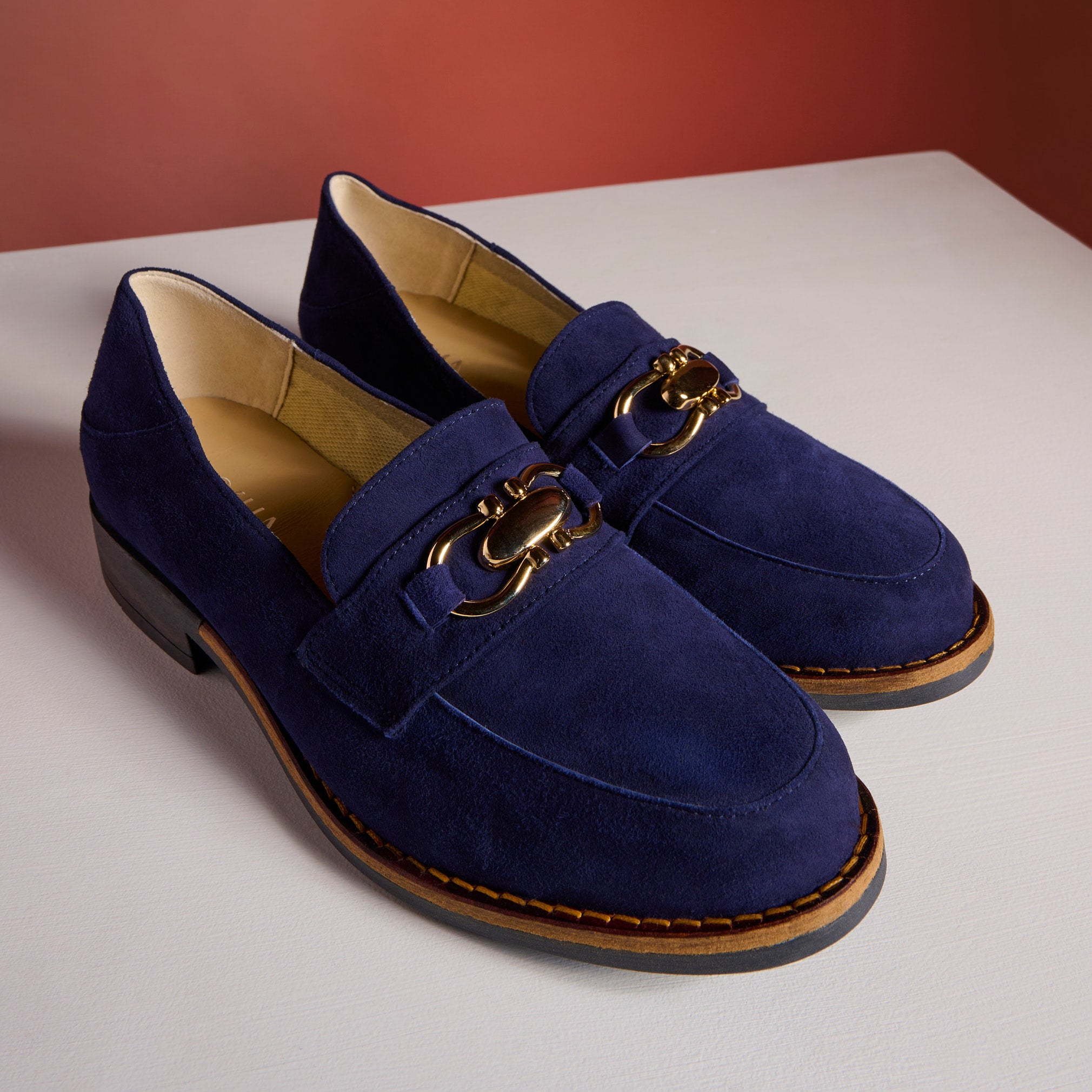
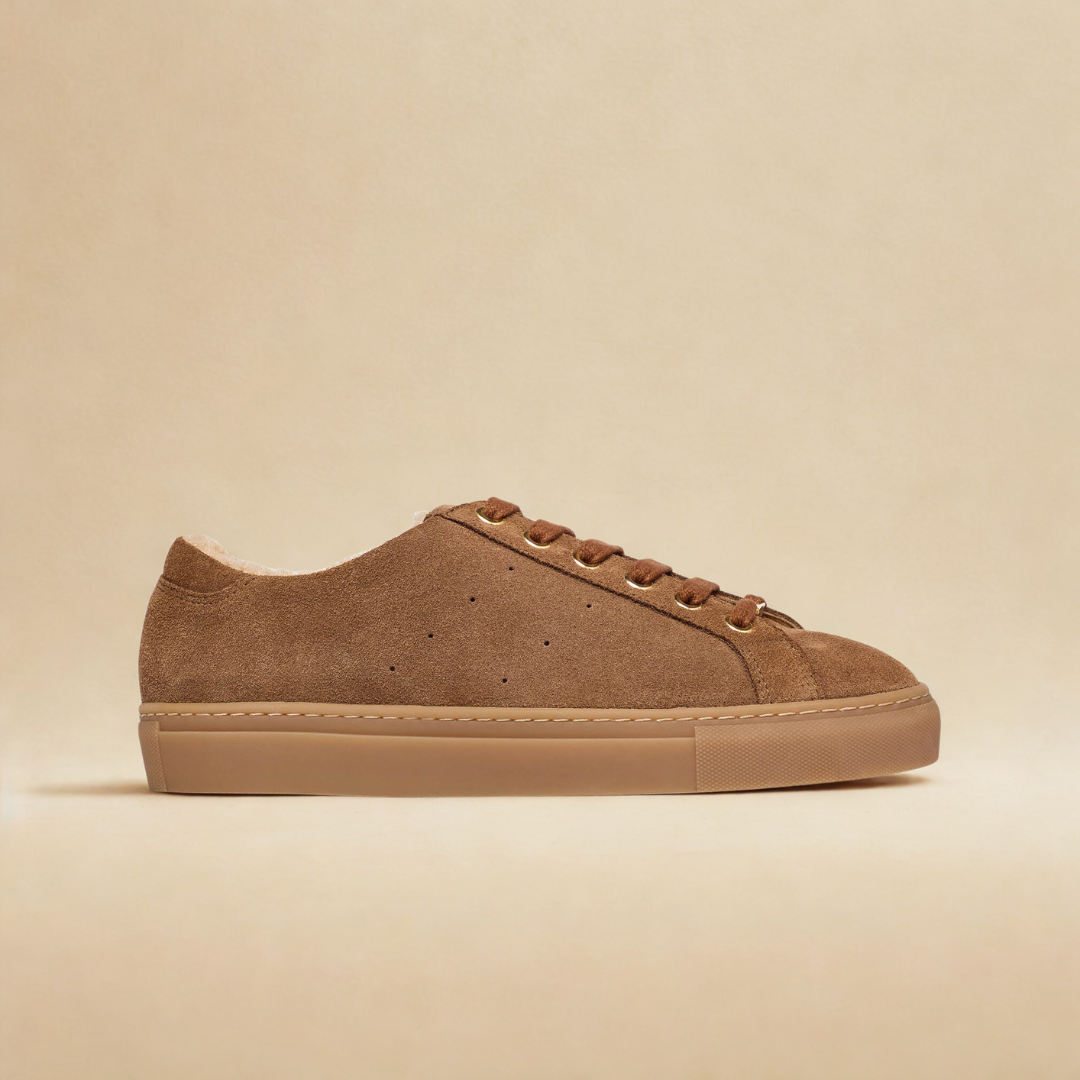
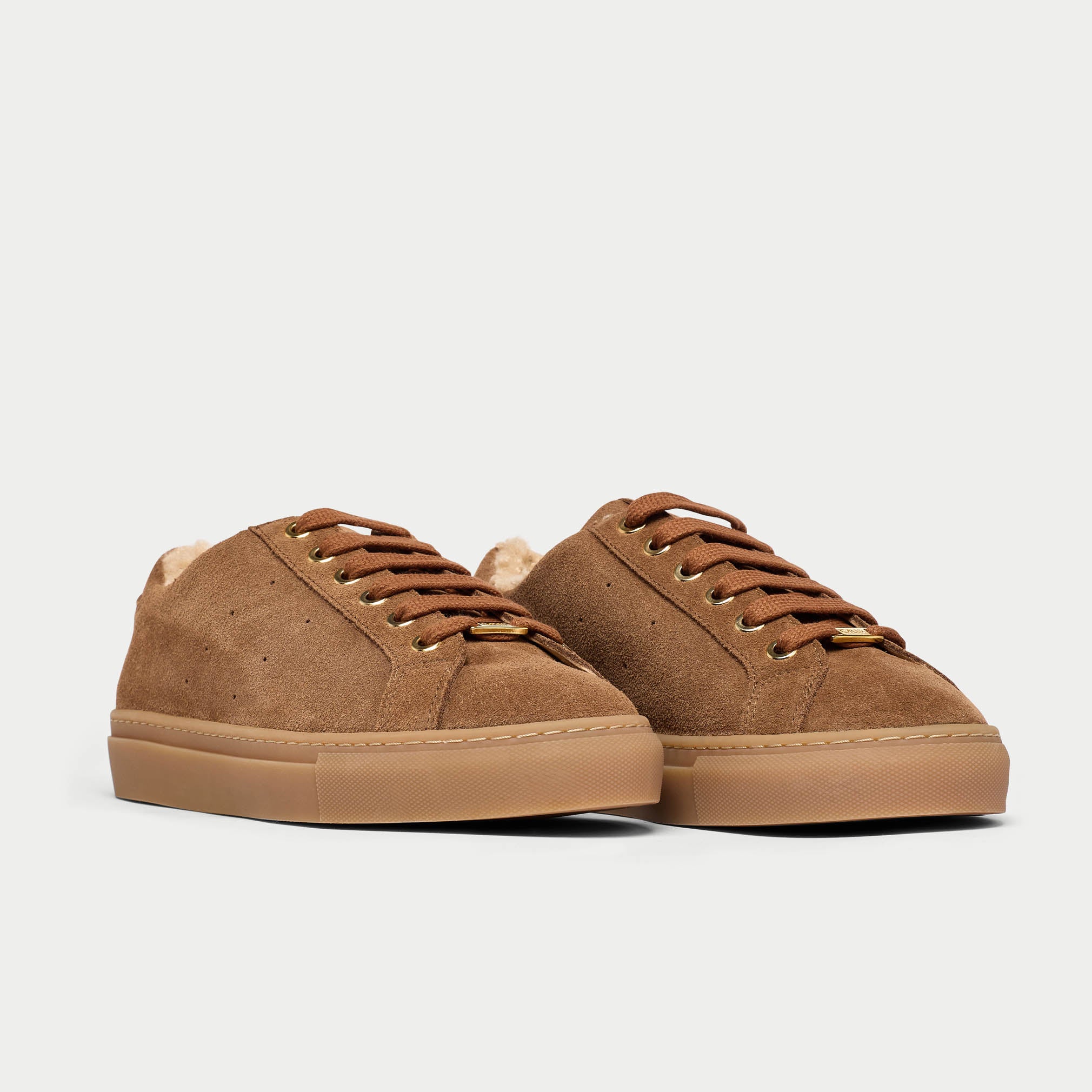
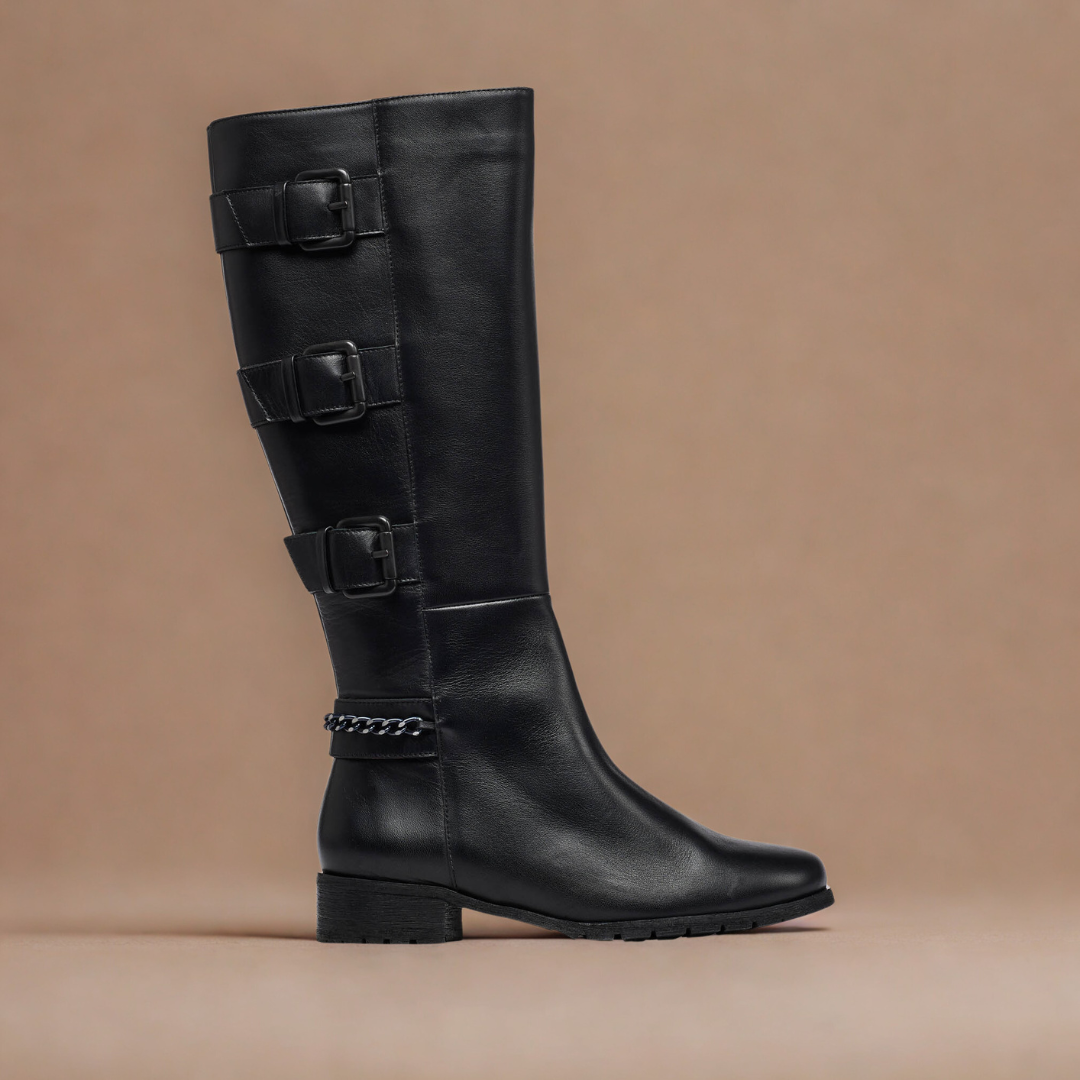
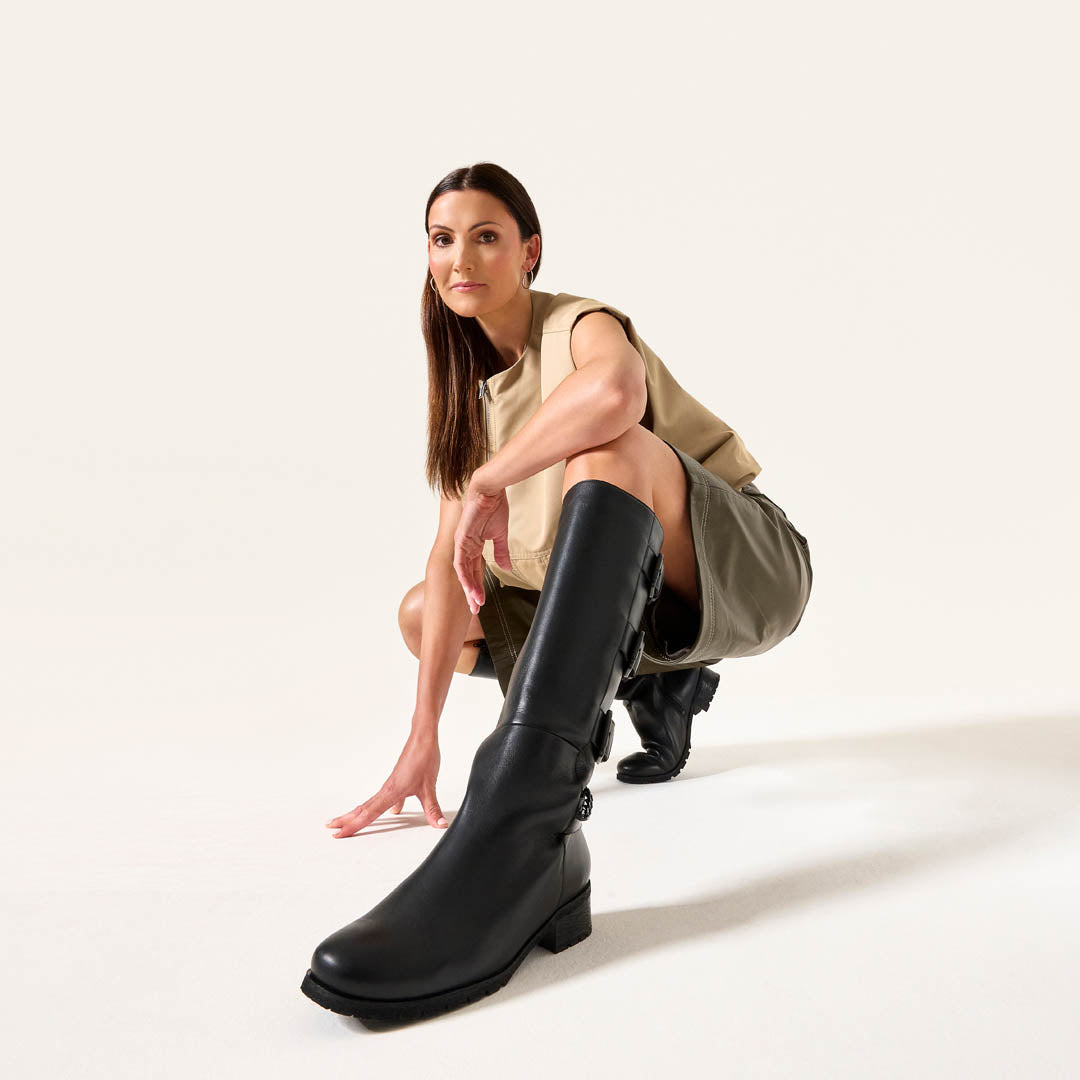
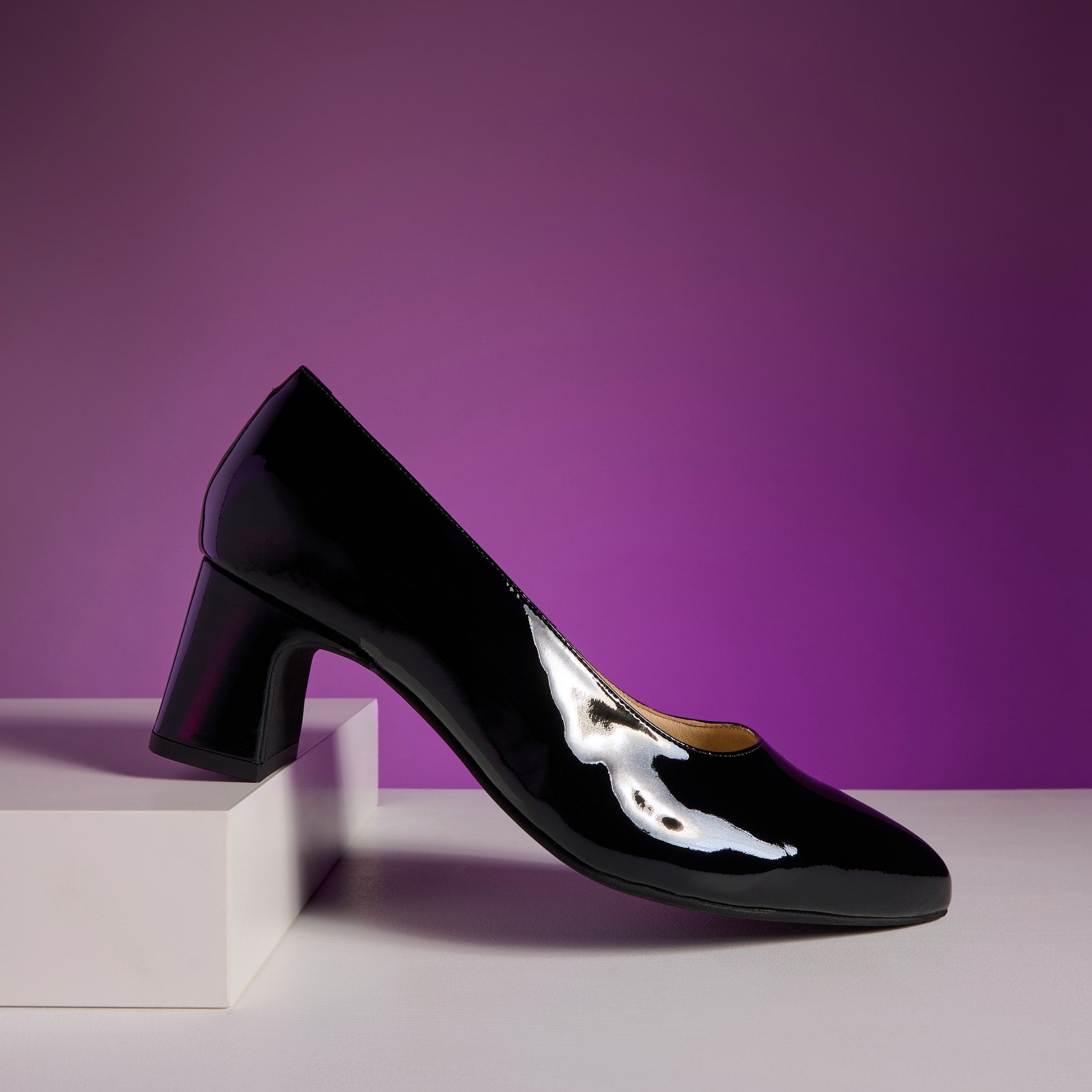
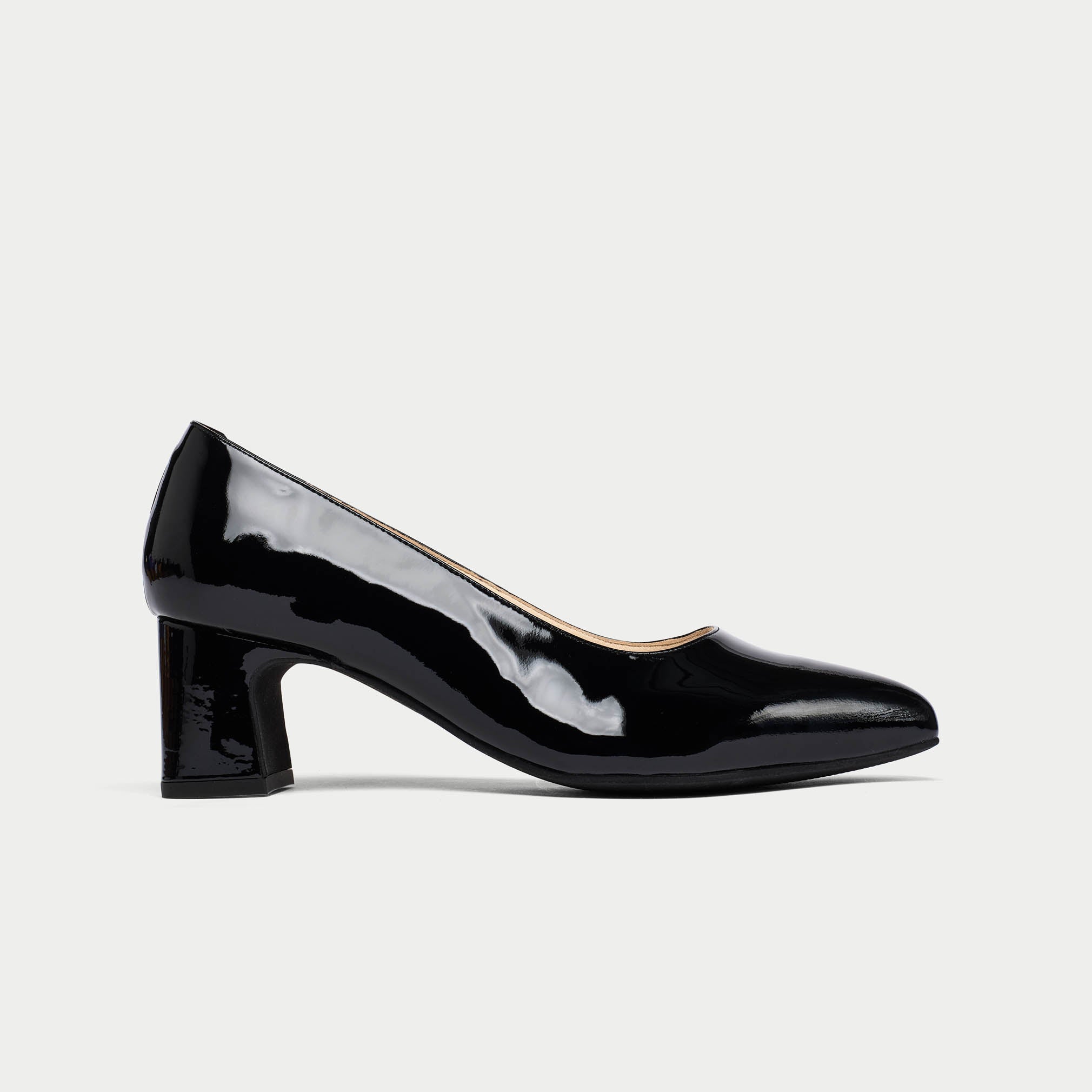
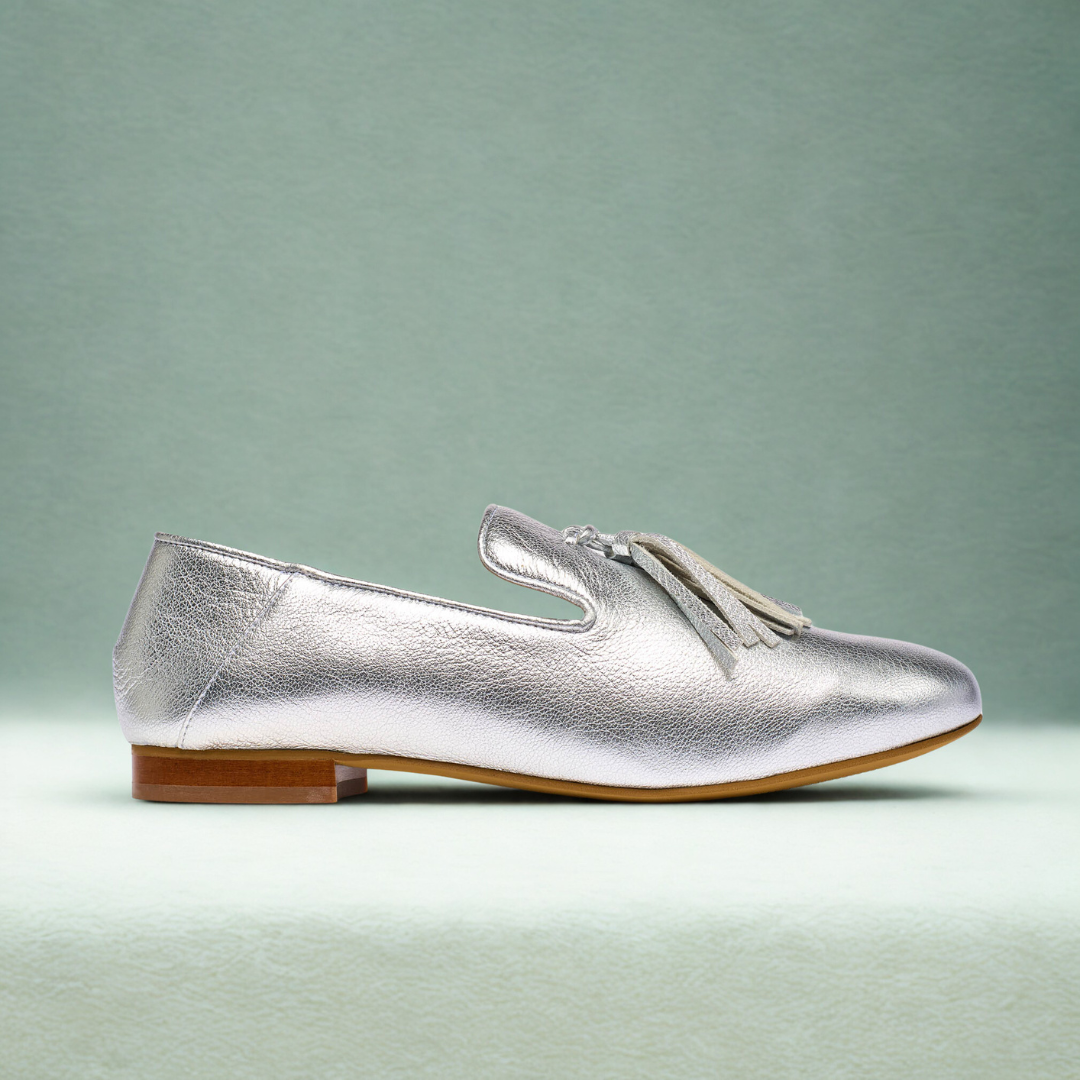
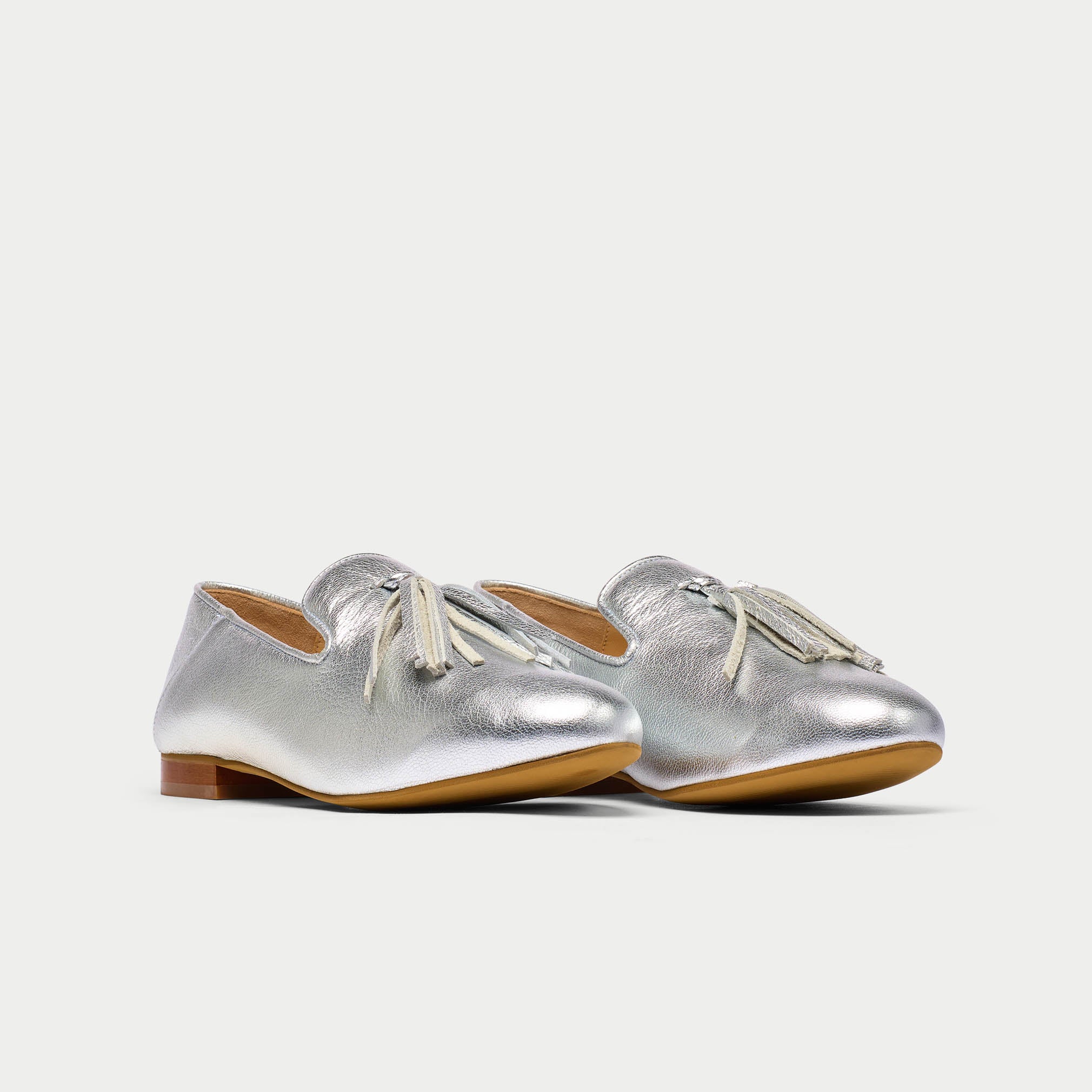
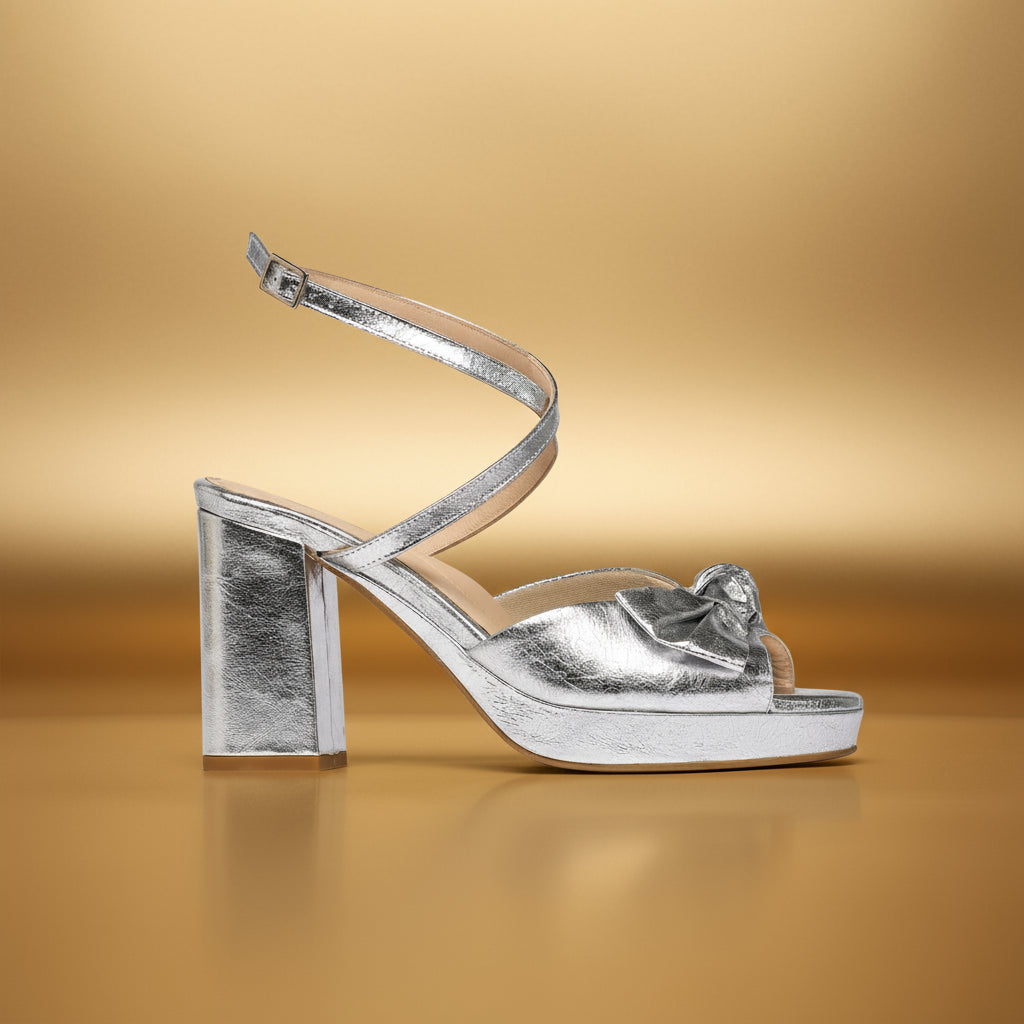
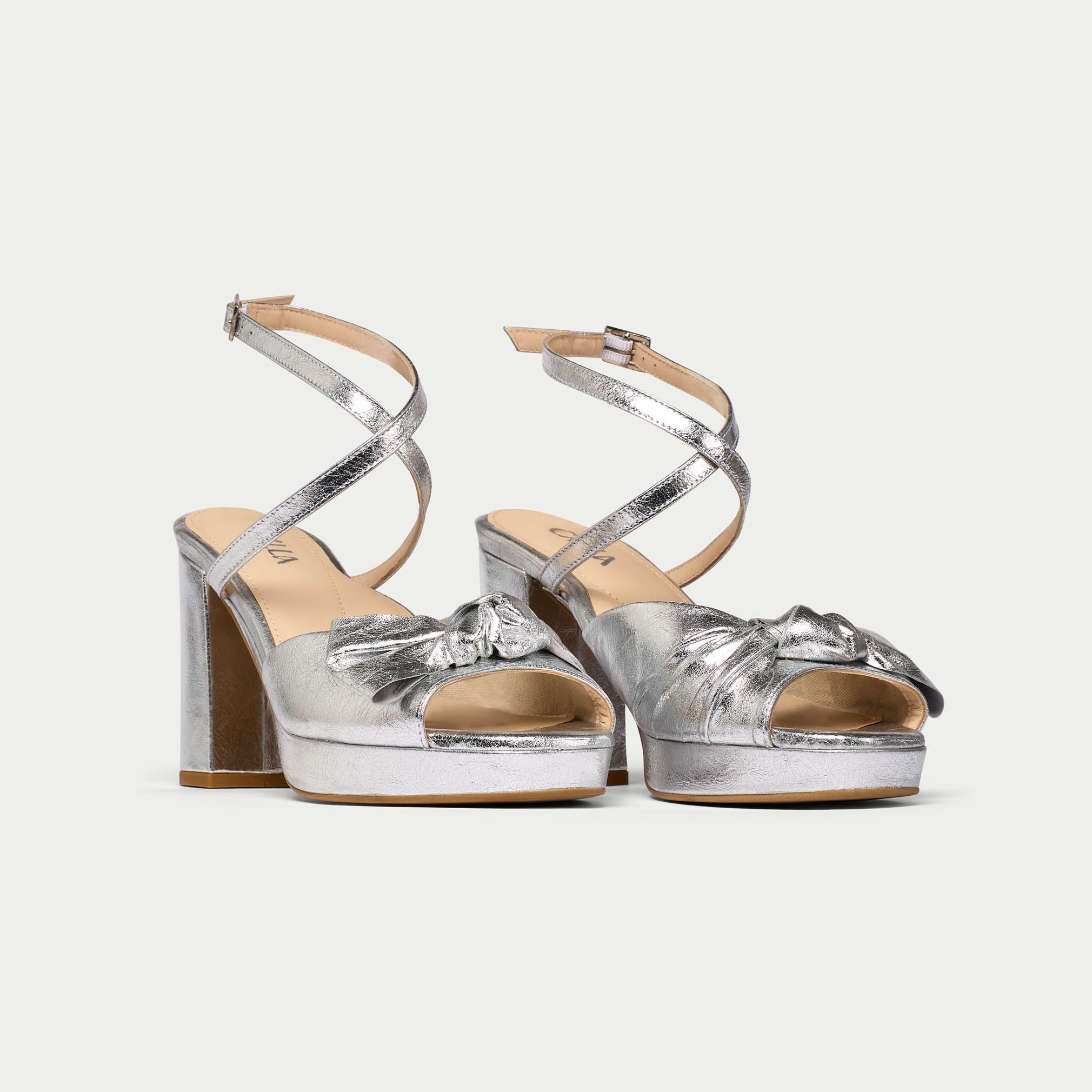
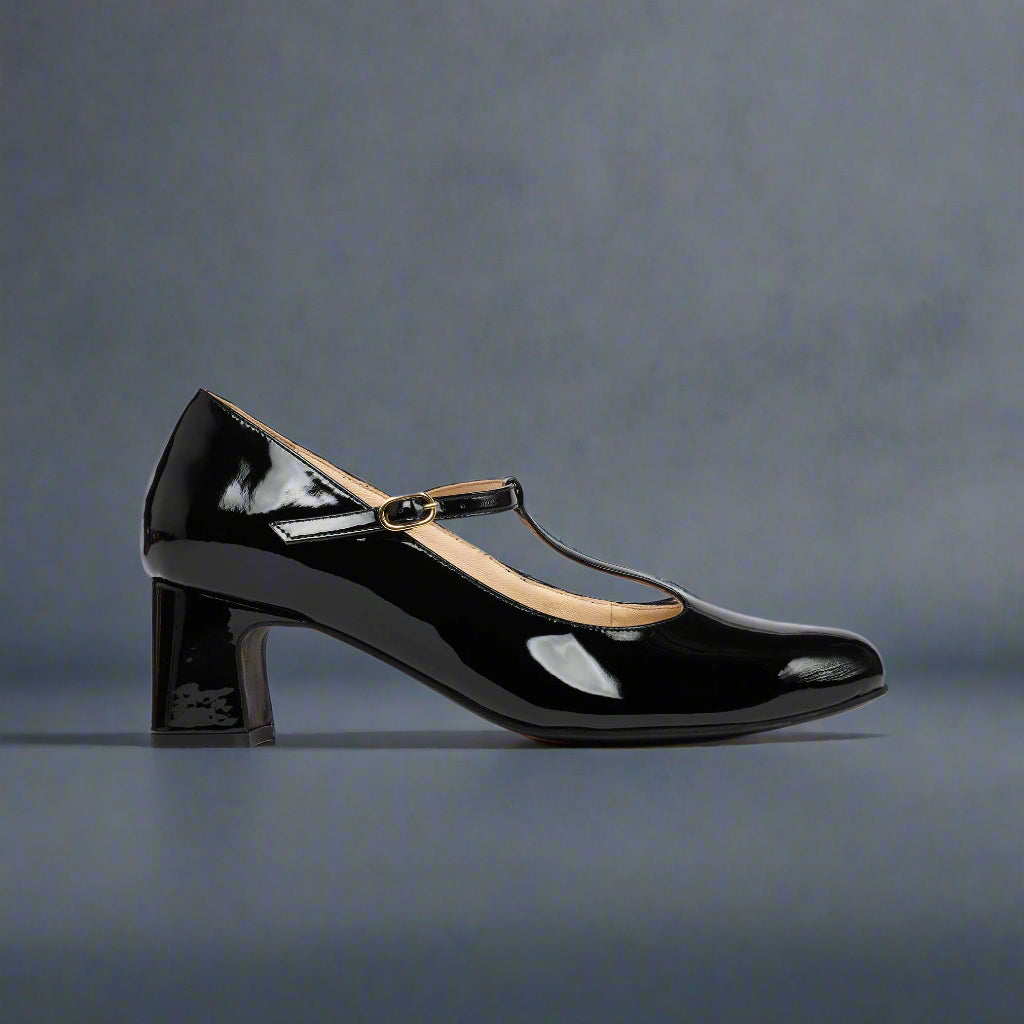
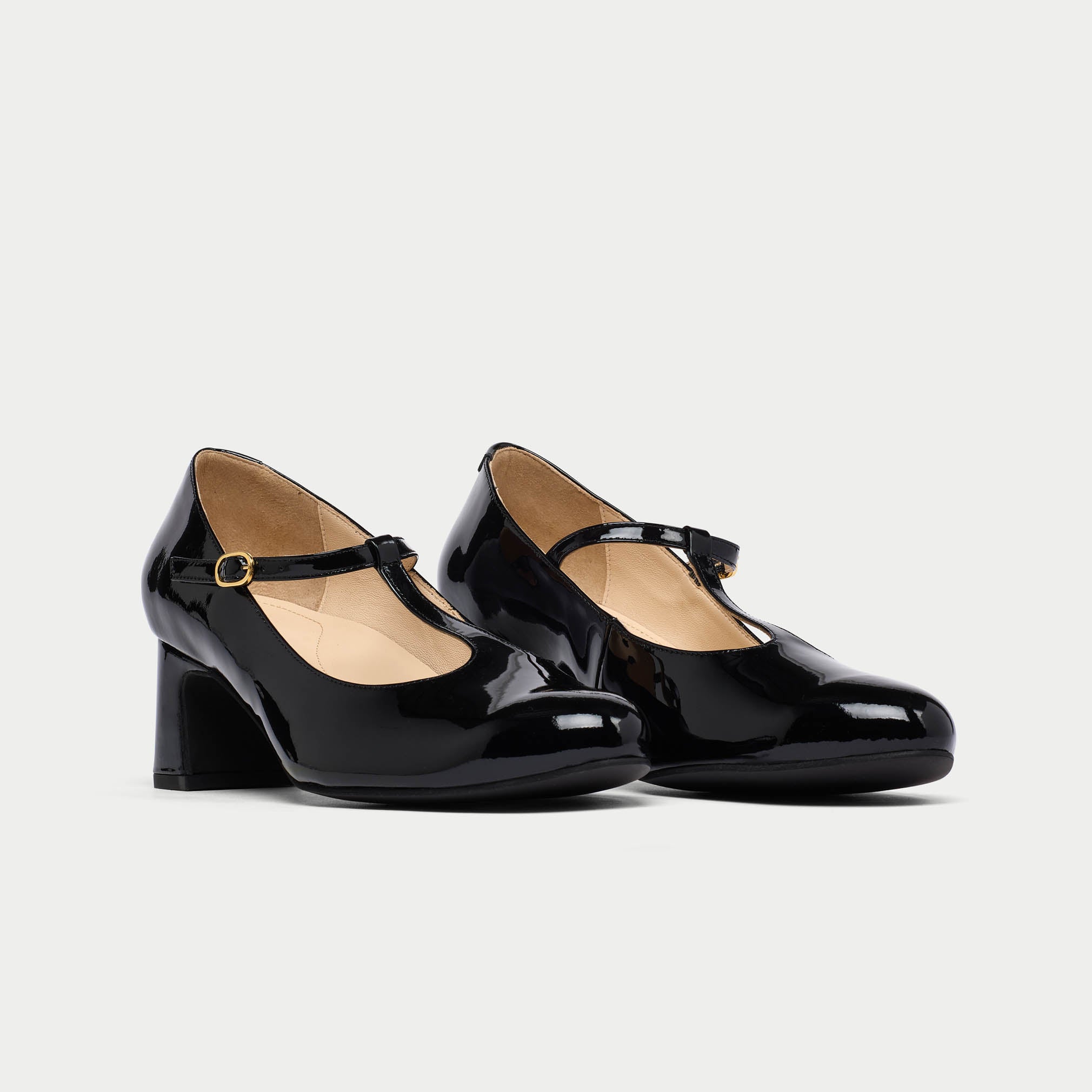
Leave a comment
This site is protected by hCaptcha and the hCaptcha Privacy Policy and Terms of Service apply.